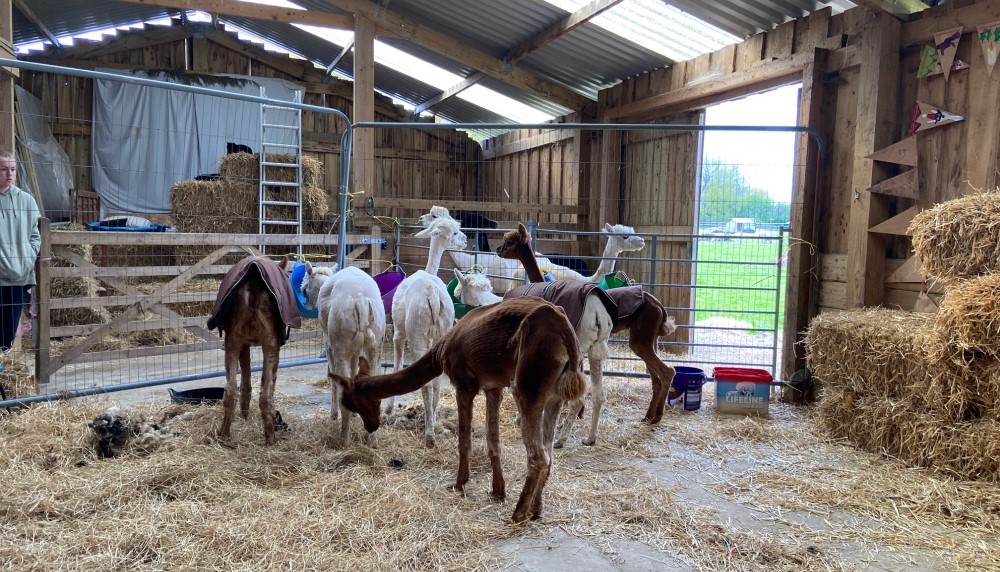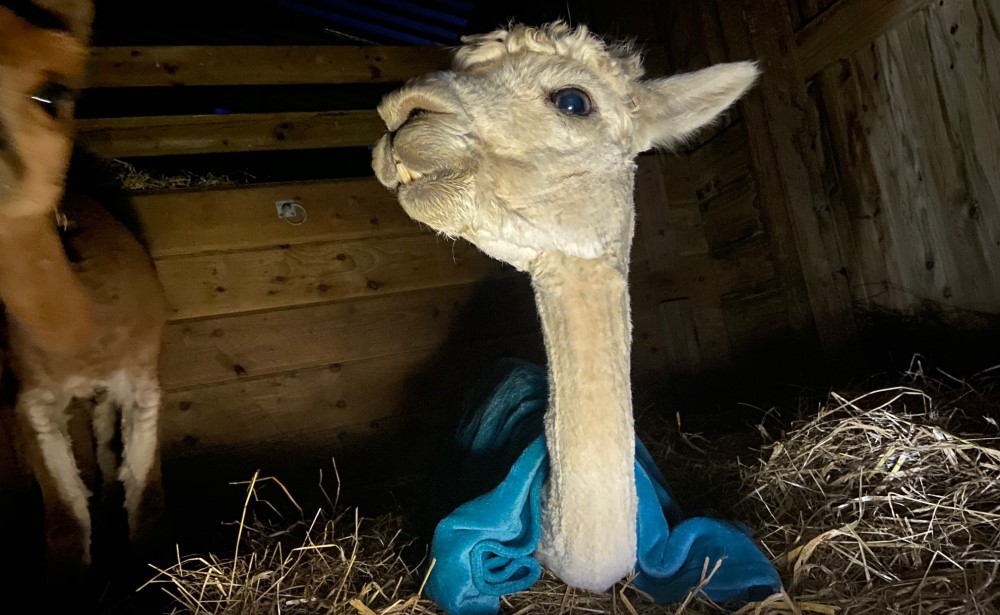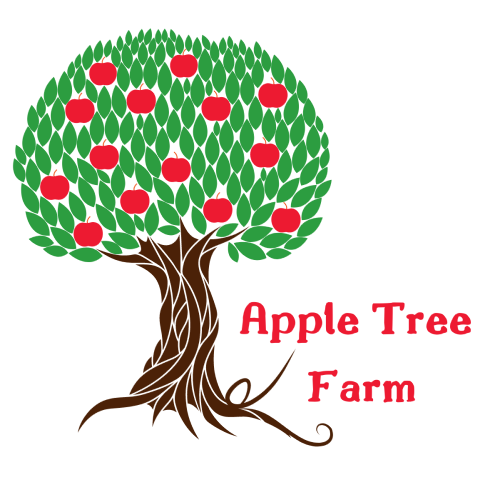
Did I say we blinked, and lambing was done? And just like that, we are into the shearing season. A time when the alpacas look floofy and cuddly and the sheep look bedraggled and mucky, but not for long since the clippers come out and all the floof be gone! The difference in sheep wool and alpaca fleece is remarkable, on and off the animals. They feel, look, and smell different. I’m afraid I can’t comment on the taste as I haven’t pushed my experiment that far.
The major difference is, of course, lanolin. Sheep wool has lanolin and alpaca does not. This is oftentimes what people are allergic to in wool and the reason alpaca wool is rated as highly hypoallergenic. Alpaca is lighter, softer, finer, and warmer whilst sheep is denser and coarser.

For alpacas, the fleece is helpful in keeping them warm during our winter months but would become intolerably hot during the summer months. For both sheep and alpacas, shearing provides comfort and can reduce health problems, such as flystrike.
Shearing is an important aspect of animal care, for those animals who do not self-shed. It is a crucial aspect of sheep keeping, with most breeds requiring yearly shearing, and some, like our Valais Blacknose Richard, requiring shearing twice a year. Alpacas are also sheared once a year, usually a bit earlier than sheep as they don’t tolerate the spring warmth so well with a full fleece on whilst the sheep require the spring warmth to help the lanolin rise from the skin, making the shearing job a lot easier on the clippers and the shearer.
So, the alpacas were sheared in late April, whilst the sheep will be done late May, early June. And just like that, they go from cuddly floof clouds to naked, miniature giraffes, minus the spots.
